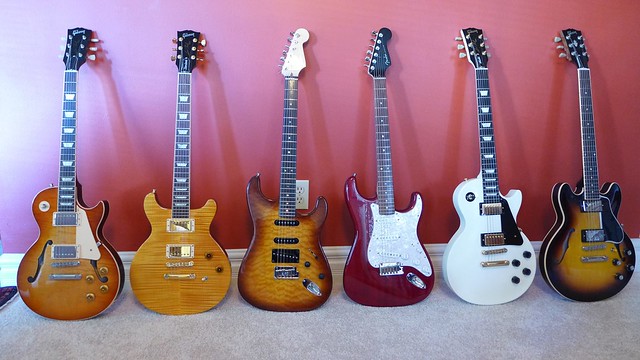I'm just looking for a general guide or starting point to allow a solo to stand out.
Are any of these adjustments more commonly used ?
1. raised solo level
2. lower background chords but keep solo about the same level as the rest of the song
3. a mix of 1 and 2
4. a method not mentioned above
Are any of these adjustments more commonly used ?
1. raised solo level
2. lower background chords but keep solo about the same level as the rest of the song
3. a mix of 1 and 2
4. a method not mentioned above



Comment